Key Highlights
- Gyan Bharatam Mission targets 1 crore manuscripts with ₹482.85 crore budget (2024-31), representing world’s largest manuscript preservation initiative
- 50 crore pages digitization project spans 80 languages including Sanskrit, Tamil, Arabic, Persian, utilizing AI-powered OCR and HTR technologies
- 44.07 lakh manuscripts already documented in Kriti Sampada repository with 76,000 freely accessible online demonstrating significant progress
- 49 MCCs and 54 MRCs established nationwide providing scientific conservation and comprehensive survey capabilities across India
- Prime Minister calls manuscripts “civilizational treasure” highlighting texts from zero discovery to Ayurvedic knowledge representing humanity’s development journey
In an era where digital transformation is reshaping global knowledge systems, India has embarked on one of the world’s most ambitious manuscript preservation initiatives. The Gyan Bharatam Mission (2024-31), launched with a substantial budgetary allocation of ₹482.85 crore, represents a revolutionary approach to safeguarding the nation’s invaluable intellectual heritage. Building upon the foundational work of the National Mission for Manuscripts (NMM) established in 2003, this comprehensive initiative aims to survey, document, digitize, and preserve over 1 crore (10 million) manuscripts scattered across India’s temples, monasteries, libraries, universities, museums, and private collections. pib
Historical Context and Constitutional Significance
India’s Manuscript Wealth: A Global Treasure
India possesses what Prime Minister Narendra Modi described as an “unparalleled civilizational treasure” – an estimated over 5 million manuscript works that constitute the world’s largest collection of ancient texts. These manuscripts, existing in nearly 80 languages including Sanskrit, Prakrit, Assamese, Bengali, Kannada, Kashmiri, Konkani, Maithili, Malayalam, Marathi, Tamil, Telugu, Arabic, Persian, and many others, represent the continuous flow of India’s Bhāratīya Jñāna Paramparā (Indian Knowledge Systems). pib
Diversity of Manuscript Materials:
- Palm leaf manuscripts: Predominantly found in Kerala, representing the world’s most extensive collection
- Birch bark texts: Ancient Kashmiri and Himalayan manuscripts like the Gilgit collection
- Paper manuscripts: Medieval and later period texts across various regions
- Cloth-based writings: Specialized texts on textile materials
- Copper plate inscriptions: Metal-based permanent records
Cultural and Intellectual Scope
The manuscripts encompass an extraordinary range of human knowledge and cultural expression:
Philosophical and Religious Texts:
- Vedas and Upanishads: Foundation of Indian philosophical thought
- Puranas and Epics: Ramayana, Mahabharata, and regional variations
- Buddhist and Jain texts: Including rare Pali and Prakrit manuscripts
- Sectarian literature: Diverse religious and spiritual traditions
Scientific and Technical Knowledge:
- Mathematics: Including the Bakhshali manuscript with evidence of zero’s ancient usage
- Medicine: Charaka Samhita, Sushruta Samhita, and Ayurvedic texts
- Astronomy: Surya Siddhanta, Varahamihira Samhita, and astronomical treatises
- Architecture and Engineering: Vastu Shastra and construction techniques
- Agriculture: Krishi Parashara and traditional farming knowledge
Institutional Framework and Implementation Strategy
Ministry of Culture and IGNCA Leadership
The Gyan Bharatam Mission operates under the Ministry of Culture, Government of India, with the Indira Gandhi National Centre for the Arts (IGNCA) serving as the nodal implementing agency. This institutional arrangement ensures scholarly rigor combined with administrative efficiency in executing this massive undertaking. National Mission for Manuscripts
Organizational Structure:
- Central coordination: IGNCA headquarters providing national oversight
- Regional implementation: Network of state and regional centers
- Academic partnerships: Collaboration with universities and research institutions
- International cooperation: Ties with UNESCO and global manuscript repositories
Infrastructure Development: MCCs and MRCs
Manuscript Conservation Centers (MCCs):
Currently, 49 MCCs operate across the country, providing scientific conservation services using advanced preservation techniques. These centers employ:
- Preventive conservation: Climate control and storage optimization
- Curative treatment: Restoration of damaged manuscripts
- Documentation: Detailed cataloguing and condition assessment
- Training facilities: Capacity building for conservation professionals
Manuscript Resource Centers (MRCs):
A network of 54 MRCs facilitates comprehensive survey and documentation activities:
- Field surveys: Systematic identification of manuscript collections
- Registration: Digital cataloguing in the Kriti Sampada repository
- Community engagement: Working with private collectors and institutions
- Regional expertise: Local knowledge of linguistic and cultural contexts
Digitization Strategy and Technological Innovation
Massive Digitization Target
The Gyan Bharatam Mission has launched an unprecedented digitization project targeting nearly 50 crore pages of manuscripts, with the exercise expected to take at least three years to complete. This massive undertaking represents one of the largest cultural heritage digitization projects ever attempted globally.
Technical Specifications:
- Advanced OCR technology: Optical Character Recognition adapted for ancient scripts
- AI-powered HTR: Handwritten Text Recognition using machine learning
- Metadata tagging: Comprehensive descriptive information for searchability
- High-resolution imaging: Ensuring quality preservation of visual elements
- Multi-format support: Accommodating diverse manuscript materials and conditions
National Digital Repository Development
The mission aims to create a comprehensive National Digital Repository that will serve as the world’s largest online manuscript collection:
Repository Features:
- Global accessibility: Worldwide access for researchers, students, and scholars
- Advanced search capabilities: AI-powered discovery tools
- Multi-language support: Search and display in various Indian languages
- Educational integration: Resources for academic curriculum development
- Research collaboration: Platform for international scholarly cooperation
Current Digital Achievements:
- Over 44.07 lakh manuscripts already documented in the Kriti Sampada repository
- 3.5 lakh manuscripts comprising over 3.5 crore folios digitized
- 1.35 lakh manuscripts uploaded online
- 76,000 manuscripts freely accessible to the public
Achievements and Impact Assessment
Quantitative Progress Since 2003
The National Mission for Manuscripts, now transformed into Gyan Bharatam Mission, has achieved significant milestones over two decades:
Documentation Progress:
- Comprehensive surveys conducted across multiple states
- Regional specialization: Particular success in Uttar Pradesh and Kerala
- Private collection integration: Engaging individual collectors and family archives
- Institutional partnerships: Collaboration with universities, libraries, and museums
Scholarly and Research Impact
Academic Contributions:
- Research publications: Scholarly works based on newly discovered manuscripts
- Critical editions: Published versions of important texts
- Translation projects: Making classical texts accessible in modern languages
- Comparative studies: Cross-cultural analysis of manuscript traditions
Conservation Challenges and Technical Solutions
Physical Deterioration Threats
India’s manuscripts face multiple existential threats that make the Gyan Bharatam Mission urgently necessary:
Environmental Challenges:
- Climate damage: Humidity, temperature fluctuations affecting organic materials
- Biological threats: Insects, fungi, and bacterial decay
- Chemical deterioration: Acid paper degradation and ink bleeding
- Physical fragility: Age-related brittleness and handling damage
Human-Related Risks:
- Neglect: Lack of proper storage and care
- Mishandling: Inappropriate access and usage
- Natural disasters: Fire, floods, and earthquakes
- Theft and vandalism: Loss of valuable manuscripts to illegal trade
Scientific Conservation Approaches
Advanced Preservation Technologies:
- Climate-controlled storage: Maintaining optimal temperature and humidity
- Chemical treatment: Acid neutralization and strengthening procedures
- Digital surrogates: Reducing handling of original manuscripts
- Disaster preparedness: Emergency response protocols for collections
Digital India Integration and AI Applications
Technology-Heritage Convergence
The Gyan Bharatam Mission exemplifies the successful integration of traditional knowledge with modern technology, supporting the broader Digital India initiative:
AI Applications:
- Automated transcription: Machine learning for script recognition
- Translation assistance: AI-powered multilingual content conversion
- Content analysis: Pattern recognition for scholarly research
- Preservation monitoring: Digital tracking of manuscript conditions
Youth Engagement Initiatives:
- Gyan-Setu AI Innovation Challenge: Involving young entrepreneurs in heritage technology
- Startup collaboration: Encouraging innovation in cultural preservation
- Educational programs: Integrating manuscript studies in higher education
- Public awareness: Digital campaigns promoting heritage consciousness
Economic and Cultural Impact
Soft Power Diplomacy and Global Recognition
The Gyan Bharatam Mission significantly enhances India’s soft power projection globally by:
International Collaboration:
- UNESCO partnerships: Recognition of Indian manuscripts in Memory of the World Register
- Repatriation efforts: Bringing back manuscripts from foreign collections
- Digital sharing: Global access to Indian knowledge systems
- Academic exchanges: International research collaborations
Cultural Renaissance:
- Language revitalization: Renewed interest in classical languages
- Traditional knowledge: Modern applications of ancient wisdom
- Identity strengthening: Enhanced cultural pride and awareness
- Tourism potential: Heritage tourism development opportunities
Economic Value Creation
Direct Economic Benefits:
- Employment generation: Conservation professionals, digitization specialists, researchers
- Technology development: Indigenous solutions for heritage preservation
- Publishing industry: Academic and popular publications from manuscript research
- Tourism revenue: Cultural heritage tourism enhancement
Indirect Economic Impact:
- Traditional medicine: Research applications in Ayurveda and pharmaceutical industry
- Sustainable architecture: Ancient Vastu Shastra principles in modern construction
- Agricultural practices: Traditional farming methods for sustainable development
- Handicrafts and arts: Revival of traditional artistic techniques
Way Forward: Innovation and Collaboration
Public-Private Partnership Models
Corporate Engagement:
- Technology companies: Providing AI and digitization solutions
- Educational institutions: Academic research and curriculum integration
- Cultural organizations: Public outreach and awareness programs
- International foundations: Funding and technical expertise sharing
Global Best Practices Integration
International Collaboration Strategies:
- European manuscript digitization: Learning from projects like Europeana
- Chinese digital heritage: Adopting successful preservation technologies
- American library systems: Incorporating advanced metadata standards
- Japanese conservation techniques: Scientific preservation methodologies
Future Technological Integration
Emerging Technologies:
- Blockchain: Secure manuscript provenance and authenticity verification
- Virtual/Augmented Reality: Immersive manuscript exploration experiences
- 3D scanning: Complete dimensional preservation of physical objects
- Internet of Things: Environmental monitoring for conservation optimization
Building India’s Knowledge Renaissance
The Gyan Bharatam Mission represents far more than a preservation project – it embodies India’s commitment to reclaiming its knowledge legacy while building bridges between ancient wisdom and contemporary innovation. With over 1 crore manuscripts to be surveyed and digitized, this initiative will create the world’s most comprehensive digital manuscript repository, serving as a permanent treasure for humanity.
Success will depend on sustained commitment across multiple dimensions:
- Financial investment: Ensuring adequate funding throughout the mission period
- Technological innovation: Continuous improvement in digitization and AI technologies
- Human resources: Training sufficient expertise in manuscriptology and conservation
- International cooperation: Building global partnerships for knowledge sharing
- Public engagement: Creating awareness and appreciation for manuscript heritage
The mission’s vision aligns perfectly with Prime Minister Modi’s Viksit Bharat @2047 goals, positioning India as Vishwa Guru by demonstrating how traditional knowledge can inform contemporary solutions. From mathematical concepts like zero to medical wisdom in Ayurveda, from architectural principles to philosophical insights, India’s manuscripts contain timeless knowledge relevant for addressing modern challenges.
As the digitization of 50 crore pages progresses over the next three years, the world will gain unprecedented access to India’s intellectual heritage. This democratic approach to knowledge sharing ensures that ancient wisdom becomes a living resource for education, research, and innovation rather than remaining locked in private collections or deteriorating archives.
The Gyan Bharatam Mission thus stands as a testament to India’s civilizational continuity – honoring the past while embracing the future, preserving tradition while enabling transformation, and sharing knowledge while maintaining cultural authenticity. Through this monumental effort, India reaffirms its position as a global knowledge repository and demonstrates how cultural preservation can become a catalyst for contemporary progress.
Mains Practice Qs
GS Paper I (Culture & Heritage)
- “India’s manuscript wealth is not just a cultural heritage but a strategic intellectual resource.” Discuss in the context of the Gyan Bharatam Mission.
GS Paper II (Governance & Education Policy)
- Evaluate the role of Gyan Bharatam Mission in democratizing India’s ancient knowledge traditions under the framework of Digital India.
Essay Topics
- “Preserving the past to build the future: India’s manuscript legacy.”
- “Knowledge digitization is the new nation-building.”

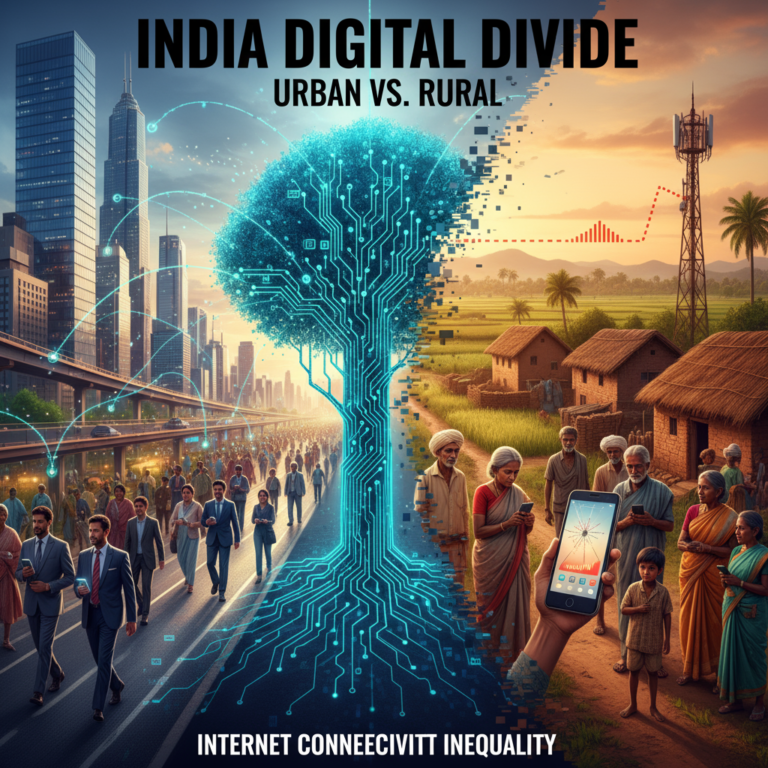

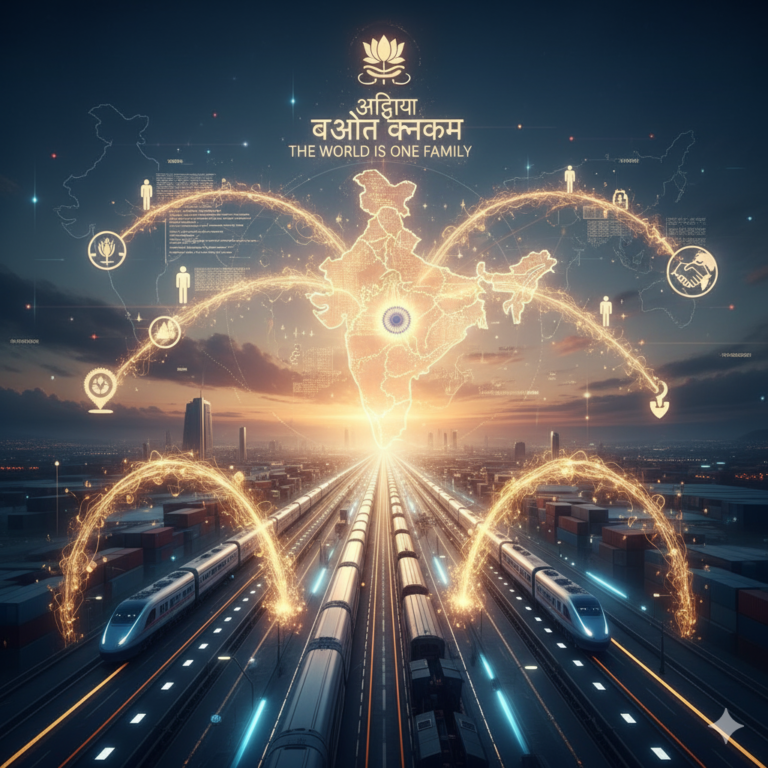
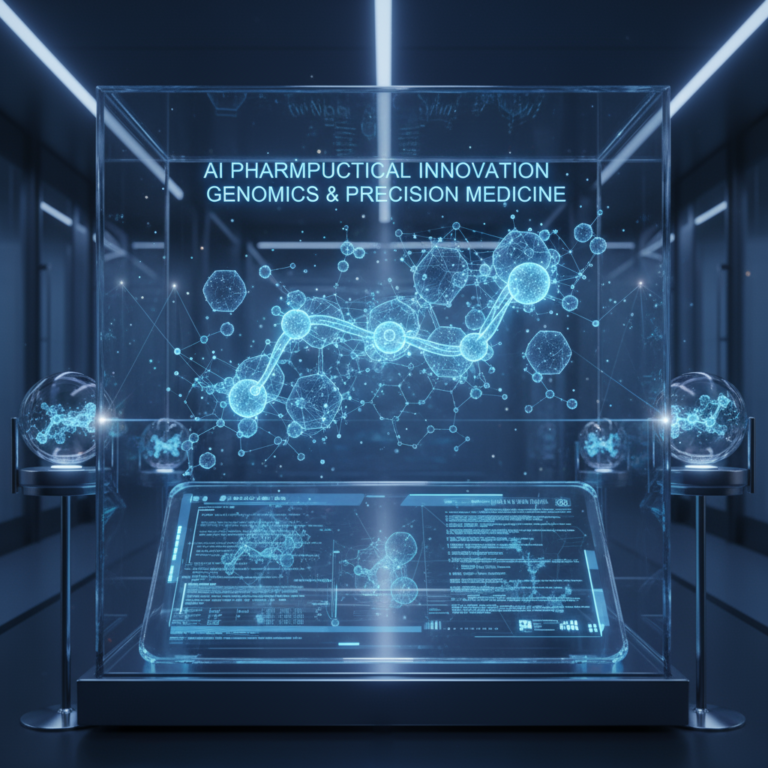
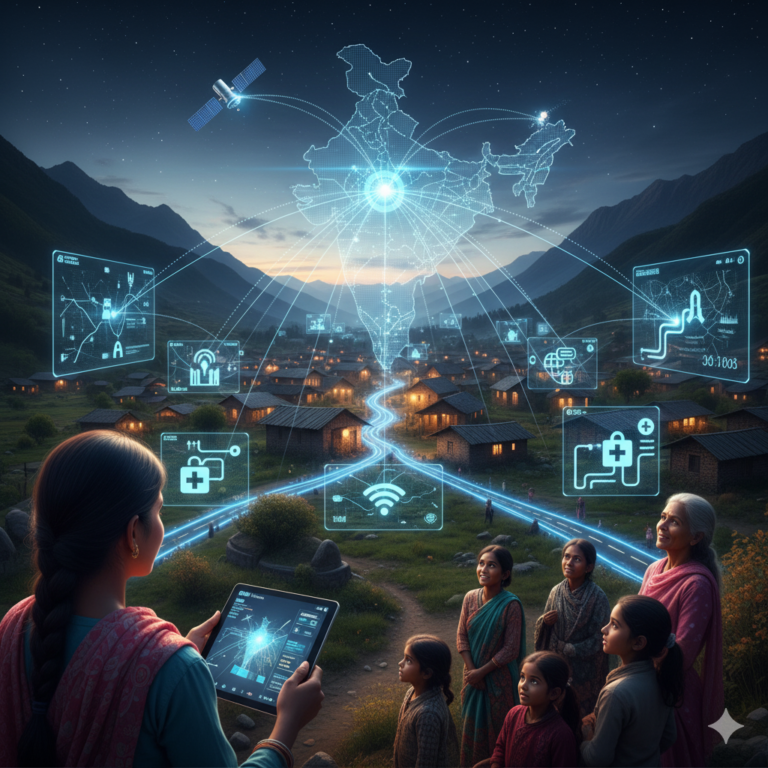
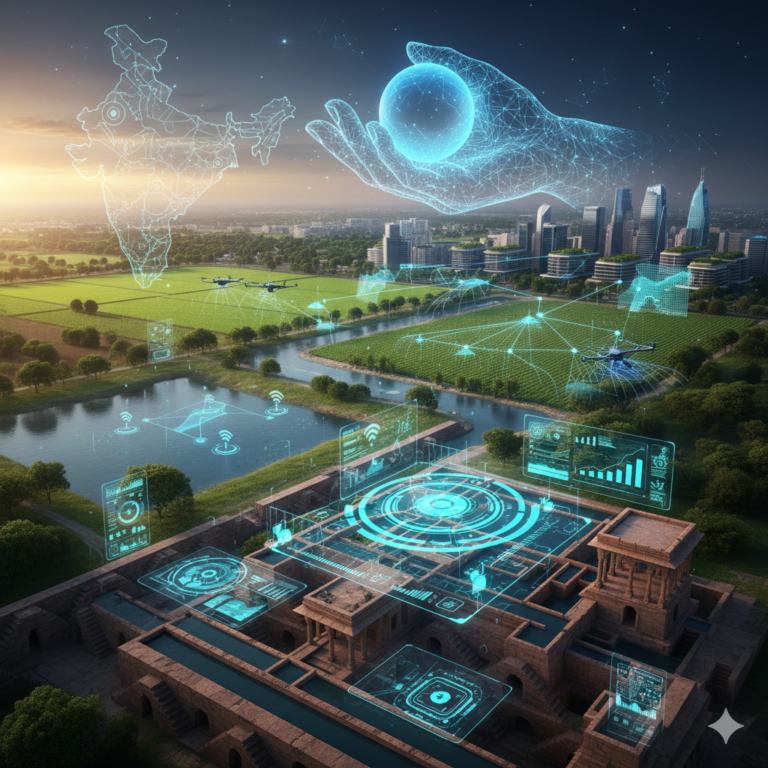


+ There are no comments
Add yours